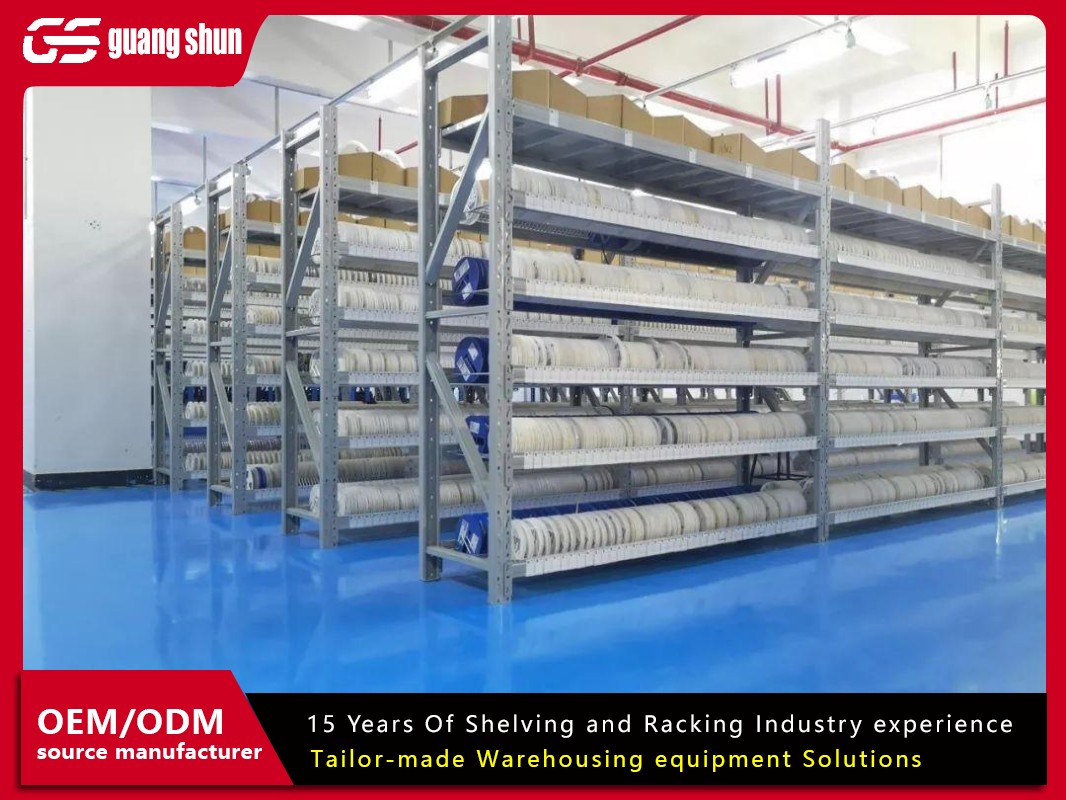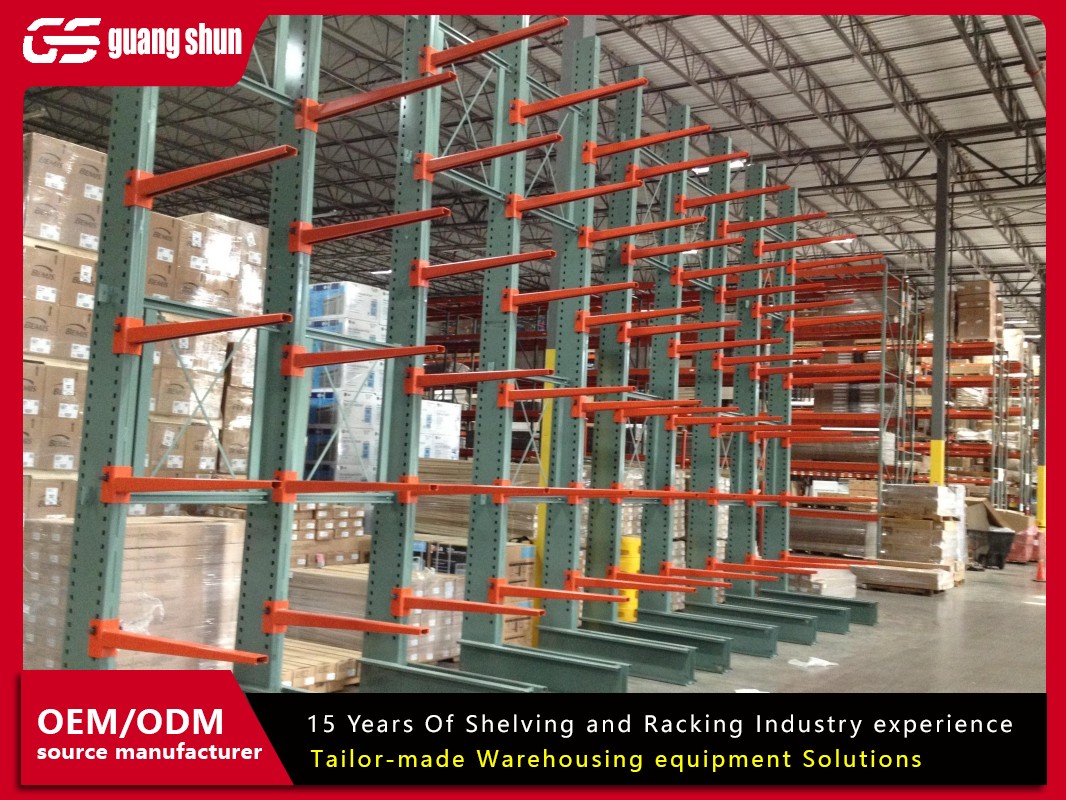Walking into a hardware store or browsing online for storage solutions, you’ll often encounter the terms “shelves” and “racks.” While they are sometimes used interchangeably in casual conversation, they refer to fundamentally different structures designed for specific purposes. Understanding the shelves and racks difference is crucial for making an informed decision that maximizes your space’s efficiency, safety, and organization. This confusion leads to common questions about which solution is right for a garage, warehouse, kitchen, or closet. This article will break down the key distinctions, from their basic design to their ideal applications, helping you choose the perfect storage system.

The Fundamental Definition: What Are You Actually Looking At?
At its most basic level, the difference between shelves and racks starts with their core definition.
A shelf is a flat, horizontal plane, typically made of wood, metal, or glass, used to hold items. Shelves are the fundamental building blocks of storage. They can be found as single units, but are most commonly arranged in a stacked configuration, either connected by vertical supports or mounted directly to a wall. The primary purpose of a shelf is to provide a stable surface for storing items in a way that keeps them organized and easily accessible. Think of a bookcase: it is a structure comprised of multiple shelves.
A rack, on the other hand, is a large, structural framework designed to hold heavy or bulky items. It is an entire system, not just a surface. Racks are almost exclusively made from heavy-duty metal and are engineered for high weight capacity. They are characterized by an open-frame design that often includes vertical uprights, horizontal beams, and sometimes bracing for added stability. The term "rack" implies a heavy-duty application, such as holding pallets, industrial equipment, or large quantities of goods.
Structural Design and Load Capacity: The Weight of the Matter
This is perhaps the most significant shelves and racks difference. The design of each unit is a direct response to its intended load capacity.
Shelves are designed for low to medium-weight items. A standard bookshelf might hold a few hundred pounds distributed across all its shelves. Their strength comes from the solidity of the shelf material itself and the stability of its supports. Wire shelving units, common in closets and pantries, use a grid pattern that offers good strength for their weight but are still not designed for industrial loads. Overloading a shelf unit is a common problem, leading to sagging shelves or catastrophic collapse.
Racks are engineered for heavy and ultra-heavy loads. Industrial pallet racking, for example, can hold several thousand pounds per shelf level. Their strength derives from their structural framework. The beams are designed to lock into the uprights, creating a rigid connection. Many racks are even bolted to the floor for maximum stability and safety. The load capacity of a rack is its most critical specification, and it is always designed with a significant safety factor.
Function and Common Applications: Where They Belong
The intended function naturally separates where you will find shelves versus racks.
Common Applications for Shelves:
Residential: In kitchens for dishes and food, in living rooms for books and decor, in closets for folded clothes, in garages for tools and paints.
Retail: In stores to display products to customers, requiring an aesthetic appeal.
Offices: For storing files, binders, and supplies.
Libraries: For organizing books in a accessible manner.
Shelves are about accessibility and presentation. You want to see what’s on them and reach for it easily.
Common Applications for Racks:
Industrial Warehousing: Pallet racking systems for storing goods on pallets, often accessed by forklifts.
Commercial Garages: Mechanic’s racks for storing heavy tires, rims, and parts.
Distribution Centers: For bulk storage of inventory.
Restaurant Kitchens: Heavy-duty pot and pan racks, often suspended from the ceiling.
Wine Cellars: Wine racks designed to hold bottles securely on their sides.
Racks are about high-density, heavy-duty storage. Efficiency and capacity are prioritized over easy browsing.

Installation, Mobility, and Flexibility
How these systems are installed and how permanent they are marks another key difference.
Shelves offer a great deal of flexibility. Many shelving units are freestanding, requiring no tools for assembly. Others are wall-mounted, which is more permanent but still relatively easy to install, relocate, or reconfigure. Modular shelving systems allow you to adjust the height between shelves to accommodate items of different sizes. This makes shelves an adaptable solution for evolving storage needs.
Racks are generally more permanent installations. While some smaller retail racks might be on wheels (e.g., garment racks), the vast majority of industrial racks are fixed structures. Pallet racking is typically bolted to the floor for seismic and safety reasons, making it a semi-permanent fixture. Reconfiguring a rack system—changing its height or beam levels—is possible but is a more involved process than adjusting a simple shelf. Their flexibility lies in their modular components rather than easy mobility.
Material and Construction: What They’re Made Of
The materials used highlight the shelves and racks difference in their intended use.
Shelves are made from a wide variety of materials:
Wood: Popular for its aesthetic warmth in homes and offices (e.g., plywood, solid wood, particleboard).
Metal: Offers more strength, often in the form of wire grids or solid steel sheets (e.g., in garages or commercial kitchens).
Glass: Used primarily for decorative purposes and display, offering a modern look.
Plastic/Laminate: Affordable and easy to clean, common in bathrooms and children’s rooms.
Racks are almost universally constructed from heavy-gauge steel. The metal is often cold-rolled for added strength and may be coated or painted to resist corrosion, especially in environments like food processing or cold storage. The construction involves welding and bolting components together to create the rigid frame that can bear immense loads. You would rarely, if ever, find a rack made of wood or plastic meant for true industrial storage.
Frequently Asked Questions on Shelves and Racks
Q1: Can I use the terms "shelves" and "racks" interchangeably?
No. While a rack has shelves within its structure, not all shelves are part of a rack. Using the wrong term in an industrial or commercial setting can lead to misunderstandings about weight capacity and safety. A rack is a heavy-duty system; a shelf is a component or a lighter-duty unit.
Q2: What is the biggest mistake people make when choosing between them?
The most common and dangerous mistake is using a standard shelving unit for a rack's job. Putting pallets, automotive engines, or hundreds of pounds of equipment on a consumer-grade shelving unit is a major safety hazard. Always check the manufacturer's specified weight capacity per shelf and for the entire unit.
Q3: How do I decide if I need shelves or a rack for my garage?
Choose Shelves For: Lighter items like paint cans, toolboxes, cleaning supplies, sports equipment, and bins of household items. Freestanding or wall-mounted shelving units are perfect.
Choose a Rack For: Extremely heavy items like stacks of tires, engine blocks, or multiple heavy-duty storage bins filled with tools. A heavy-duty steel garage rack is the safe choice.
Q4: Are there hybrid systems that combine features of both?
Yes. Many modern storage solutions blur the lines. For example, "heavy-duty shelving" or "industrial shelving" often refers to tall, bolt-together metal units with adjustable steel wire decks. They are stronger than typical consumer shelves but not as robust as true pallet racking. They serve as a great middle ground for serious home garages or small workshops.
Q5: Is cost a major differentiator?
Generally, yes. Due to the amount and grade of materials used, a true rack system (like pallet racking) will be significantly more expensive than a shelving unit of similar physical size. You are paying for the engineering and load-bearing capacity.
Understanding the essential shelves and racks difference empowers you to optimize your space safely and effectively. By assessing the weight, type, and frequency of access for the items you need to store, you can confidently choose the right structure—ensuring your belongings are organized, accessible, and, most importantly, secure.







